Trip Logs
Arctic Cruise Adventure Trip Log: July 15–July 29, 2019
July 15–16 2019 | Oslo & Longyearbyen, Norway
We arrived in the bustling Norwegian capital of Oslo, where some of the most inspiring polar expeditions in history began. In the evening, we were welcomed by the A&K Expedition Team and enjoyed dinner and cocktails over excited discussions of the adventure ahead.
The next day, our party gathered early, which allowed us to touch down around noon in Svalbard. The sun was high overhead now, and being so far north, we would not see a proper night sky for the remainder of the trip. As our Abercrombie & Kent Expedition Team prepared our ship, ‘Le Boreal,’ for departure, we were provided a glimpse into daily life at Longyearbyen, the largest settlement in Svalbard and the former center of the region’s historic coal industry. Relics of the storied past were visible everywhere — coal carts and pieces of machinery were still visible all throughout the infrastructure of this remote outpost of humanity.
After exploring Longyearbyen for a few hours, we boarded magnificent ‘Le Boreal,’ where we were greeted by Captain Etienne Garcia, the ship’s officers and our A&K Expedition Team. Over a glass of Champagne, we situated ourselves within the state-of-the-art expedition ship and took a few moments to rest in our luxury staterooms. After checking in and conducting the mandatory abandon-ship drill, we heard from our Expedition Director, Geraldine (JD) Massyn, and Expedition Leader Brent Houston, who briefly discussed our plan for the upcoming few days to scour the Svalbard archipelago for wildlife and scenery. After a long day of travel, we are finally at the top of the world — the lines were cast free and our Arctic expedition set forth.

July 17, 2019 | Ny Alesund & Fjortende Julibreen
After we left Longyearbyen, ‘Le Boreal’ continued north along the coast of Spitsbergen. We sailed quietly under the midnight sun, and shortly after breakfast aboard the ship, we arrived in the small colony of Ny Alesund. This eclectic village is considered by some to be the northernmost permanent settlement on the planet, and we were invited to explore its streets while our bear guards patrolled the perimeter. A few hours in Ny Alesund gave us a sense of its historical significance; a few buildings date back to the early 1900s, when optimistic coal companies attempted to set up large mines in the area. After several years, however, harsh conditions had claimed dozens of lives, and the settlement slowly shifted its focus to research. The simple, colorful huts that scatter the shoreline now house scientists from around the globe who seek to better understand the Arctic environment, and though life here appears unglamorous by most counts, the work of the hardy folks in Ny Alesund is critical in developing our understanding of the ever-changing Arctic.
As we wandered through the streets of Ny Alesund, many of us were drawn to a tall steel structure on the outskirts of town. Our expedition guide, John Buchanan, revealed this tower to be an important relic from the golden age of Arctic exploration, an old docking platform for airships. In the mid-1920s, famed Norwegian explorer Roald Amundsen launched two expeditions from this tower in an attempt to cross the Arctic Ocean by way of the North Pole. While the first trip was unsuccessful, his second attempt a year later was a resounding success; Amundsen reached Alaska a mere 70 hours after departure, his crew becoming the first to traverse the Arctic by air.
One of the highlights for many on this visit was the unexpected presence of an ivory gull, the pure white seabird native to the Arctic waters. Ivory gulls are typically found near dense pack ice, and it was thrilling to see one up close as it harassed the nesting terns and darted around the settlement.
We bid farewell to our last glimpse of civilization for the next several days, and headed even further north. After a few hours of scenic cruising along the coast of Spitsbergen, we arrived at the mouth of a small bay, and a spectacular glacial face came into view. This is Fjortende Julibreen — Fourteenth of July Glacier, named by French explorers after Bastille Day. While ‘Le Boreal’ dropped anchor in the mouth of the bay, we prepared to explore the area. Excellent weather gave us the chance to get ashore, and we hiked up toward the face of the massive glacier and took in its stark beauty. To our delight, wildlife also abounded; colorful Atlantic puffins and elegant Brünnich’s guillemots sat along the rock faces near the ocean’s surface and often approached quite closely as they flew past. In the peaks far overhead, the silhouettes of several thousand black-legged kittiwakes could be made out. The dense colonies of these birds, always in the rockiest and most inaccessible areas, are likely beacons to predators. Below the colony, the ground was lush and green, fertilized all summer long by the droppings of the birds above. Reindeer were well-camouflaged against the rocks and lichen, though we made out several before heading to the glacier. We spent the final moments of our excursion surrounded by icebergs and enjoyed the atmosphere of this incredible place.
In the evening, we cruised past some of the most stunning scenery in Svalbard, home to the base of the Lilliehook Glacier, which has receded a great distance in the past few years. The tremendous ice wall rose over 200 feet from the water’s edge and seemed to nearly engulf the ship as we gently passed by. Calm seas and light pink skies made for dramatic photographs, and we ended the day excited for more adventures ahead.

July 18, 2019 | Svalbard Islands
This morning, we arrived on the western coast of the Svalbard archipelago — Prins Karls Forland. The foreboding peaks and battered coast made for a stunning backdrop as we enjoyed a hearty breakfast on board. We eagerly reboarded the Zodiac fleet and made the journey to Fuglehuken, the northern tip of the island. Here’s where we had the opportunity to see more of the Arctic landscape up close and personal. Flowering plants, such as saxifrage and willow, were everywhere, fertilized once again by the enormous colonies of kittiwakes, puffins and murres in the cliffs overhead. Many of us were surprised at the volume of loose timber and driftwood littered along the beach. Fuglehuken was once a popular trappers destination, at a time when the pelts of Arctic foxes, polar bears and caribou were incredibly valuable. A human influence was clear even today: A large navigational marker dominated the northern tip of the island, letting large vessels know the water surrounding this point could be very challenging.
This afternoon, ‘Le Boreal’ sailed east, toward the coast of Spitsbergen. We approached a long sandy spit and got our first good look at a herd of walruses hauled out on the cobble beach near the ship. Eager for more encounters with the local wildlife, we boarded the Zodiacs and quietly approached the beach for a closer look. Walruses have historically been hunted throughout the Arctic, and these magnificent creatures were thus wary of our presence. Though huge tusked heads turned our way as the animals considered our intentions, we were quiet and respectful, and the walruses kept to the beach. Their diet consists almost exclusively of shellfish, and though very few walruses had been seen actually foraging in the wild, we know they must eat a tremendous amount of food each day to survive. Both males and females have tusks, though our naturalists identified some of the largest individuals as bulls.
July 19, 2019 | Svalbard Islands
We began the morning on the edge of a polar ice pack, much farther north than we were before. Seabirds, such as little auks, murres and kittiwakes, made occasional passes by the ship as they collected food to bring back to their chicks miles away. Just as breakfast came to a close, Brent announced that two fin whales were spotted close to the ship. These whales are the second-largest animals on earth — coming in at nearly eighty feet long — and the North Atlantic fin whale population still evades strong scientific understanding. They are also quite fast, taking off at bursts of speed exceeding 30 miles per hour.
As our ship cruised swiftly through the icy waters of the Arctic Ocean in search of wildlife, our expedition staff began their programs in our educational lecture series. We first heard from historian Bob Burton, whose talk “The Slow Race to the Pole” wove a riveting tale of lies, deceit and the intrepid adventures of early Arctic explorers. Later in the afternoon, botanist Kristine Westergard gave an informative presentation on Arctic flora. After our landings at Fuglehuken and Fjortende Julibukta, we came to appreciate the hardiness and beauty of these diminutive plants.
As the day continued, our naturalists scoured the edge of the polar ice cap for signs of life. The guests brave enough to join them in the cold were instantly enraptured by the alien world of drifting sea ice. Large floes silently drifted by, and occasionally, ring and harp seals stared back at our wildlife spotters. Once, and for a brief moment, our team was surprised by the sudden appearance of a bowhead whale. These rare animals can weigh up to 100 tons and are some of the longest-lived species of animal on the planet, with some bowheads thought to have lived more than 250 years. The whale quickly dove out of view, emphasizing the importance of constant vigilance when it comes to Arctic wildlife viewing.
In the early evening, we gathered in the lecture hall once again to hear marine biologist Sabina Leader- Mense speak about marine mammals unique to the Arctic. Many whales, dolphins, and seals make their homes among the shifting ice, and Sabina shared some of the secrets to how they live in such challenging conditions. Just as she began, however, we heard a surprising interruption from Brent — our naturalist team had spotted a distant polar bear. We rushed on deck, where our guides helped us spot not only one, but two polar bears hunting seals in the distance. Though they may have appeared tiny in our camera viewfinders, it was a phenomenal experience to see wild polar bears in the place they feel most at home: thick pack ice. We ended the day with smooth sailing, with the midnight sun overhead as we approached the remote island of Nordaustland for the next day’s adventure.

July 20, 2019 | Svalbard Islands
This morning, we woke to find ourselves deep in Hinlopen Strait, the large fjord separating the islands of Nordaustland and Spitsbergen. The Captain wove ‘Le Boreal’ between small, dark basalt ledges as our team of naturalists readied the Zodiacs for a morning on the ice. This Zodiac cruise allowed us to get up close to sea ice, arguably the most important feature of the Arctic environment. Sea ice forms when saltwater chills to a temperature of 30.2 degrees Fahrenheit and can form large floes — sheets of floating ice — that can be many miles across. During the winter months, these floes fuse together to create the swirling ice cap that stretches across the Arctic Ocean. As summer approaches, however, pieces begin to disintegrate, and ice travels freely under the coaxing of currents and winds. It’s on these icy wayward platforms that seabirds and ice seals take refuge, which is also a prime place to encounter hunting polar bears.
In the afternoon, a slow cruise through Hinlopen Strait brought us to the jagged and rocky dolerite cliffs of Alkefjellet. We once again boarded the Zodiacs and approached this thriving colony of over 60,000 breeding pairs of Brünnich’s guillemot. Each pair of the guillemots attempt to raise a single chick. Mesmerized, we navigated beneath the sea cliffs these birds had carefully chosen as a nesting site, far out of the reach of Arctic foxes and polar bears. In addition to these penguin-like birds, our naturalists pointed out the blacklegged kittiwakes, black guillemots and glaucous gulls that also call these dramatic cliffs home.
Tonight, ‘Le Boreal’ sailed east, into the mouth of the scenic Wahlenbergfjord. As we wound our way among the shifting ice floes, naturalist Peter spotted another polar bear on the ice. Although distant at first, the bear’s interest was soon piqued, and it cautiously approached the ship. These animals are incredibly curious but spook easily — a single slamming door can scare them off. Luckily, ‘Le Boreal’ stayed absolutely silent, and the young male polar bear walked straight up to the side of the ship. He eyed everyone on board individually, trying to figure out what we were. It was the perfect encounter; caution and curiosity prevailed on both sides.

July 21, 2019 | Svalbard Islands
Our final day in Svalbard began before breakfast, with an early Zodiac landing at a gravel moraine called Texas Bar. We enjoyed this last chance to stretch our legs off the ship before the two-day journey to Greenland and marveled at the lush vegetation blanketing the gravelly slopes. The short hike gave us the chance to take beautiful photos across the length of Liefdefjord, often considered one of the most scenic fjord systems in Svalbard.
After a quick breakfast, we boarded the Zodiacs for our final cruise in Spitsbergen. Although we’d spent the last few days looking for bears among the sea ice, today we got to ride through the mighty icebergs that calved from the surrounding glaciers. Sculptural glacial ice is vastly different in composition to flat sea ice floes, and our naturalists took us by some particularly luminous blue icebergs. We also approached the face of the nearby glacier, Idabreen, and watched thousands of kittiwakes and Arctic terns take advantage of the nutrient-rich currents that welled up throughout the area. It felt like a full day of adventure, though we arrived back at the ship in time for lunch.
In the early afternoon, our ship weighed anchor and made preparations to head directly to Greenland. With a long sail ahead, it proved more difficult than we imagined to leave Svalbard. First, a humpback whale was spotted close to the ship, and it slapped its massive flukes on the surface briefly before continuing to feed. Not long after, Brent interrupted our geologist, Dr. Jason Hicks, to bring us news of yet another bear sighting; this time, it was a mother bear with her two cubs, who strolled slowly along the beach at the mouth of Woodfjord. We approached as close to shore as the ship allowed and watched Mom lead her 2-year-old offspring along at a steady pace. These young bears will stay with their mother for another year before leaving her to experience the world on their own. These are healthy and happy cubs, well fed and covered in leftovers from a previous meal of seal or whale. We watched them until they curled up on the tundra and tucked their heads into their paws for a rest.
July 22–23, 2019 | Days at Sea
Over the next few days, ‘Le Boreal’ sailed swiftly to Greenland across a glassy sea. Out on deck, our naturalists stood watch for any passing wildlife, and we observed seabirds, such as the northern fulmar, Brünnich’s guillemot, little auks and Arctic skua. On board, we were treated to a variety of lectures as we made our way southwest.
Among the highlights was a lecture from photo coach Richard Harker, who gave a lecture titled “Photographing the Arctic: Beyond the Basics.” Richard showed us the best way to set up our cameras for certain moments and explained some of the more complex technical terms that many of us didn’t know before.
Our botanist, Kristine, explained in great detail how Arctic plants have evolved to survive extreme fluctuations in temperature, light and water availability. We learned how their small size, thick skin and adaptive pollination strategies originated and how they have helped these plants proliferate in an Arctic environment.
Historian and naturalist Bob Burton gave a brilliant series of historical vignettes throughout our time at sea. He began with a talk about the sad history of whaling, how humans systematically attempted to harvest every whale from the seas once we learned how to use their oil and baleen. We were surprised to learn that the practice stopped not because of ethical concerns but because we moved on to fossil fuels and the market for whale oil collapsed.
We also heard from Brent, who shared some of his experience with polar bears. After a few incredible encounters, we were interested in learning about the behavior of these animals and how they are faring in such a changing climate.
Overall, our time at sea was a welcome respite after such an action-packed time in Svalbard. We had a chance to relax, peruse our photos and listen to our impressive selection of expert lecturers.

July 24, 2019 | Day at Sea
This morning, we woke to find ‘Le Boreal’ surrounded by wispy tendrils of pack ice. Brent gathered everyone in the theater to explain the situation: A sudden change in winds due to an impending storm had blocked the entrance to Scoresby Sound. We decided the best course of action was to head south, to another fjord system, and try our luck there.
All morning, our naturalists scanned the passing sea ice for wildlife. Hooded, ringed, harp and bearded seals were seen distantly on passing ice floes, and our naturalists pointed out some of the bird species as well. As we travelled farther, we began to see a few common guillemots, along with pomarine skuas mixed in with the rest of the High Arctic birdlife.
Around 11 a.m., Captain Garcia announced over the ship’s intercom that whales had been sighted in the distance. We gathered on deck and eagerly looked for the telltale spouts of these marine giants and were met with spouts at every angle. We found ourselves facing the largest grouping of humpback whales our naturalists had ever seen — at least 200 whales, and likely many more, feeding in small groups all around the ship. Many whales passed by so close that you could see their immense white pectoral flippers under the surface. Among the humpbacks, fin and minke whales also fed on the dense swarms of food, either herring or krill. We spent an hour or so wildly looking in all directions, taking in the cacophony and frantically trying to take pictures of these passing whales.
This evening, our daily recap featured two vignettes of the humpback whale. Our marine mammal lecturer, Sabina Mense, told us about the life history of these animals; how they feed, communicate, travel, and otherwise make a living in the vast expanses of the ocean. Our naturalist, Matt Messina, told us about the current research being done to better understand these animals: how Allied Whale at the College of the Atlantic keeps an official record of all whale flukes in both the North Atlantic and the Antarctic and how we can contribute to citizen science by sharing our photos of whales at happywhale.com.

July 25, 2019 | Greenland
Today, we found ourselves in the Kangerlussuaq fjord system on the southeast coast of Greenland. Eager for a chance to get ashore and stretch our legs, we enjoyed a scenic landing tucked into the foothills of Greenland’s immense mountains, at the site of an abandoned hunting village. Our naturalist, John, greeted us, quickly pointing out an interesting outcrop that he identified as part of the famous Skaergaard formation. The strange-looking pinstriped rock formed as a magma chamber, cooled and reheated millions of years ago, leaving bands of minerals commonly observed in sedimentary rock faces. Now, this region is famous among geologists, who study the Skaergaard to better understand the forces that cause volcanism, plate tectonics and more.
We also found a multitude of bones. Our naturalists, Sabina and Matt, helped identify them as seal and whale bones from years of hunting activity. We had the chance to see fragments of narwhal skulls (including one that once held an impressive tusk), identified the difference between seal and whale vertebrae, and got an up-close look at the lobed teeth of Arctic seals.
In the afternoon, we seized one more opportunity to enjoy the majesty of Greenland, and reboarded the Zodiacs for a cruise through drifting rafts of icebergs. In the distance, the spectacular Kangerlussuaq Glacier loomed, its icy façade measuring many miles across. We had one last chance to be mesmerized by many forms of ice, sculpted by water and air. The quiet solitude of this place was palpable as we reboarded the ship in the evening and made our way east — Iceland beckoned.

July 26, 2019 | At Sea
‘Le Boreal’ sailed swiftly across the Denmark Strait, making its way from Greenland to the verdant shores of Iceland. As we sailed, we were welcomed with an incredible sight — a beautiful pod of twenty orca whales swimming along the fjord-speckled landscape. After watching the whales swim and play alongside the ship, we headed indoors to take part in the many activities and lectures.
In the galley, younger guests took part in a cupcake decorating class with the onboard pastry chef. Outfitted with piping bags filled with rich buttercream, the chef taught the guests how to decorate the cakes.
The day also featured an array of enrichment lectures. Kristine gave a talk on the flora and fauna of the Arctic, Jason discussed climate change and modern reality, and Brent regaled guests with tales of polar bears up close and personal.

July 27, 2019 | Akranes, Iceland
Our first day in Iceland was packed with adventure, which began early in the morning as ‘Le Boreal’ pulled into the fishing port of Akranes. Soon, the sound of 20 ice trucks was heard off the pier, and after breakfast, we eagerly boarded these large vehicles for a scenic, narrated tour of the Icelandic interior. Local guides provided information on Iceland’s history and culture; we learned that, although the country is covered in snowfields and glaciers, tectonic activity just beneath the surface causes frequent bouts of volcanic activity. In fact, subterranean Iceland is so hot that this thriving island country produces all its energy from just this geothermal heat.
Our excursion today consisted of two parts, and we split into smaller groups and enjoyed the most out of the experience. In lush, low elevation valleys carved from the volcanic rock, we visited Barnafoss, a rushing waterfall that thunders through a narrow gorge, throwing spray high into the air. Only a few hundred feet downstream, the mysterious cascades of Hraunfossar poured into the same ravine, and the many streams of waterfalls disappeared into a hidden ledge above. Iceland’s waterfalls number in the thousands and form from large glaciers in the country’s interior. The ice trucks soon showed their real utility as we climbed into the rocky highlands and onto the very face of Langjokull Glacier, which spans nine miles across. As we careened swiftly over the snow-covered ice field, the faint silhouette of base camp came into view. A large steel tube directed us into the very heart of this shifting glacier, and we had the rare opportunity to experience what it is truly like inside these massive rivers of ice.

July 28–29, 2019 | Heimaey
We kicked off the final days of our Arctic cruise early, as our Captain Garcia expertly maneuvered the ship backward through the narrow straits that protect the small Icelandic harbor of Heimaey. A major highlight of our time in Heimaey was a visit to Landlyst Museum — also known as the Pompeii of the North Museum — which provided us with an impressive account of the volcanic eruption in 1973, which left most of the village buried in ash. Luckily, nobody was injured during the eruption. Today, Heimaey offers bold scenery, abundant seabird colonies and a charming atmosphere to visitors.
In the afternoon, ‘Le Boreal’ sailed along the coast of the rocky sea stacks that make up the rest of the Westman Islands. We watched as thousands of bright white gannets swirled behind the ship — their six-foot wingspan dwarfed many of the other seabirds we saw. Puffins, guillemots, kittiwakes, skuas and fulmars also appeared in large numbers as we cruised past tens of thousands of colonies of birds. Finally, we approached the island of Surtsey, one of Iceland’s youngest islands — coming in at only 56 years old. This volcanic island sprang from the sea in 1963, and the eruption persisted until 1967. The basalt cliffs offered more photo opportunities as our ship made its final turn toward Reykjavik, Iceland’s capital.
This evening, we gathered for our final recap in the theater. Expedition naturalist Richard “Blackjack” Escanilla assembled the photos and videos he collected during the voyage into a slide show, which captured our experience travelling through this remarkable region. We attended our final dinner on board ‘Le Boreal’ with new friends and rested before the big travel day.
We woke to find ‘Le Boreal’ docked in the port in Reykjavik. During the night, our luggage was prepared for the early morning, which gave everyone a chance to enjoy our last day in this extraordinary destination and reminisce with new friends about the adventures we had shared together. It was a strange feeling, knowing that we had travelled across the Arctic Ocean — with its sweeping vistas and truly amazing wildlife — and it was an experience we would remember for many years to come. We reflected on our incredible journey filled with the purple cushions of saxifrage flowers in Ny Alesund, historic trapper outposts, whale watching from the observation deck and encounters with the mighty polar bear. And we knew that from that point onward, we would hold the majesty of the Arctic close to our hearts.



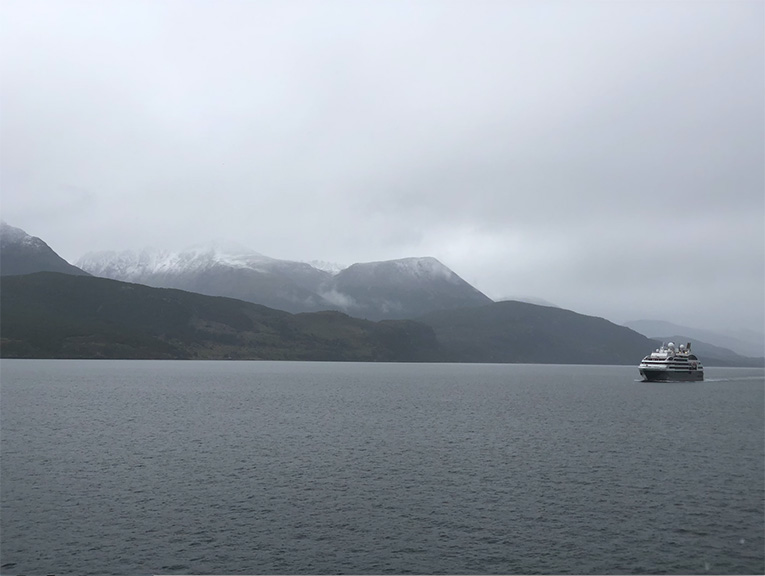
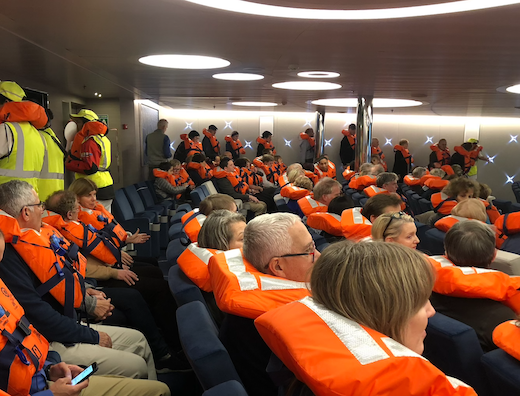





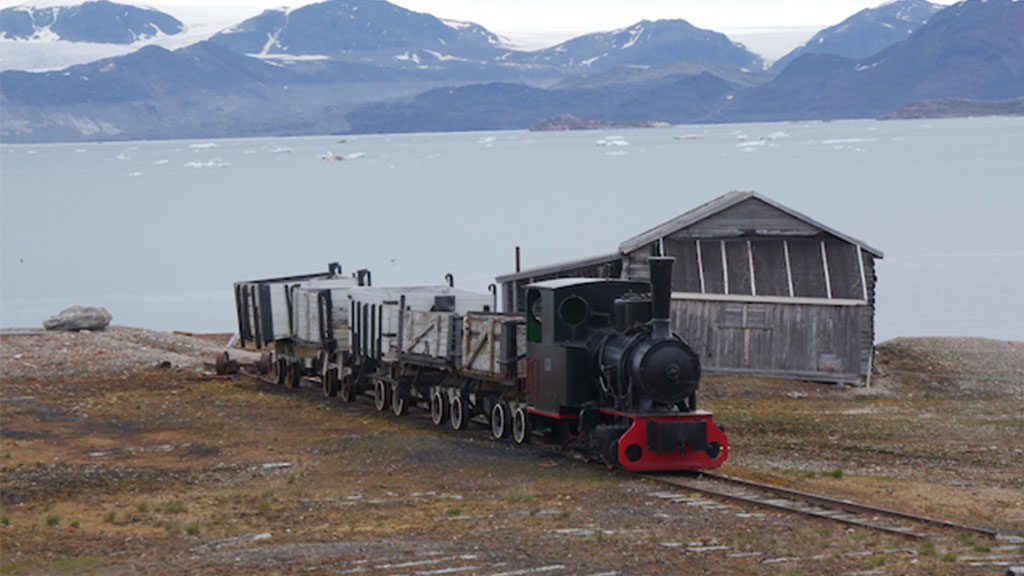
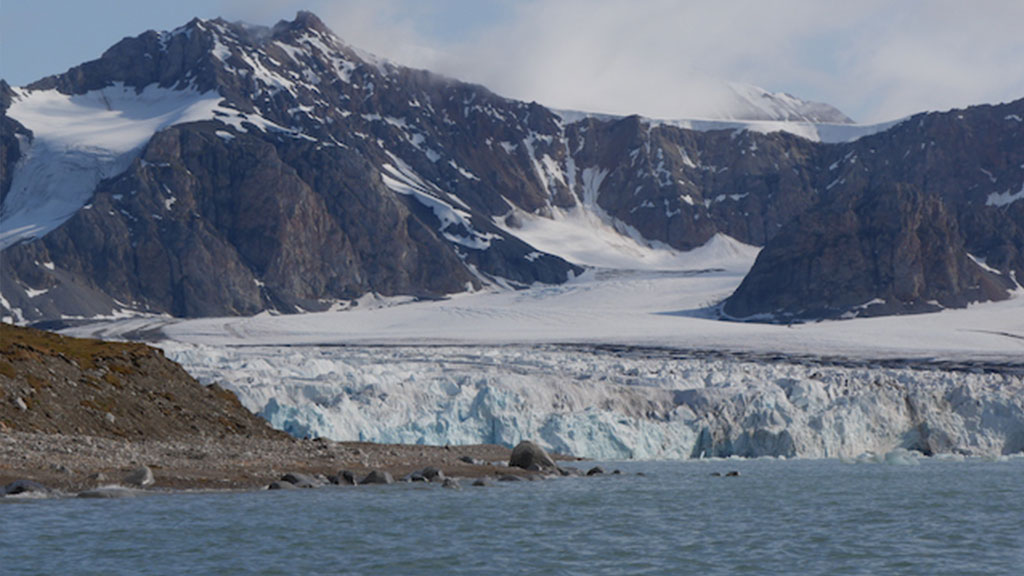
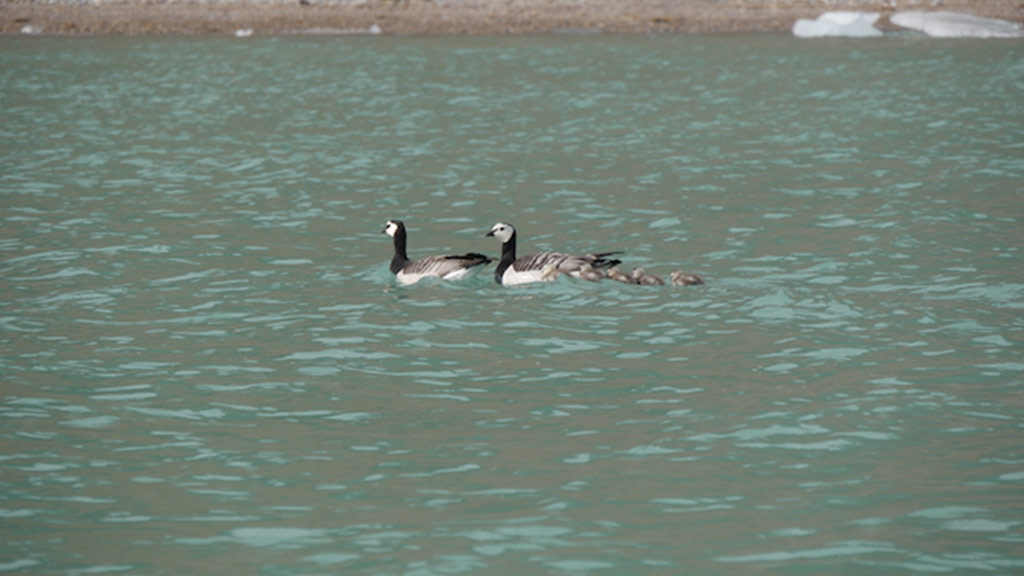
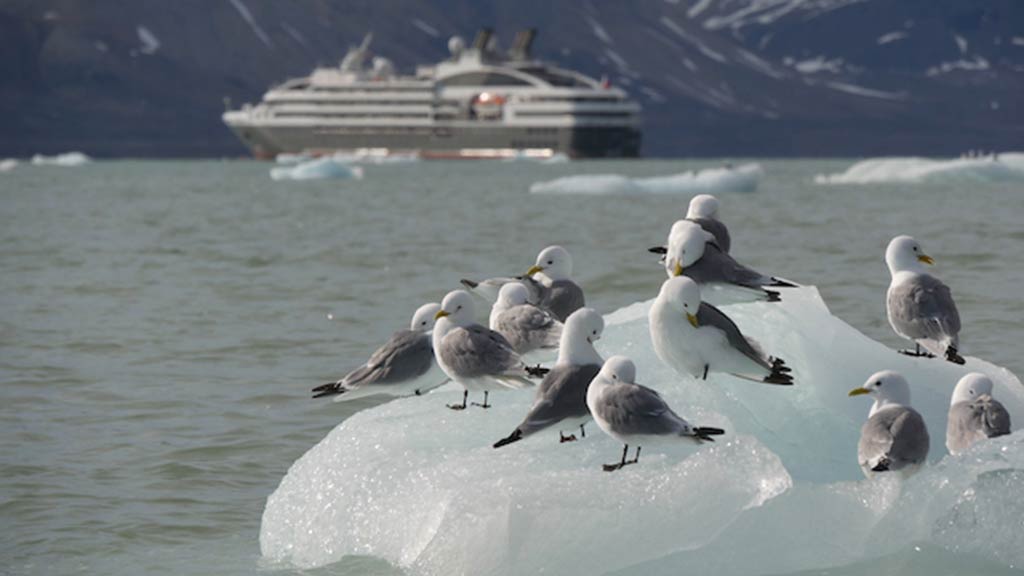
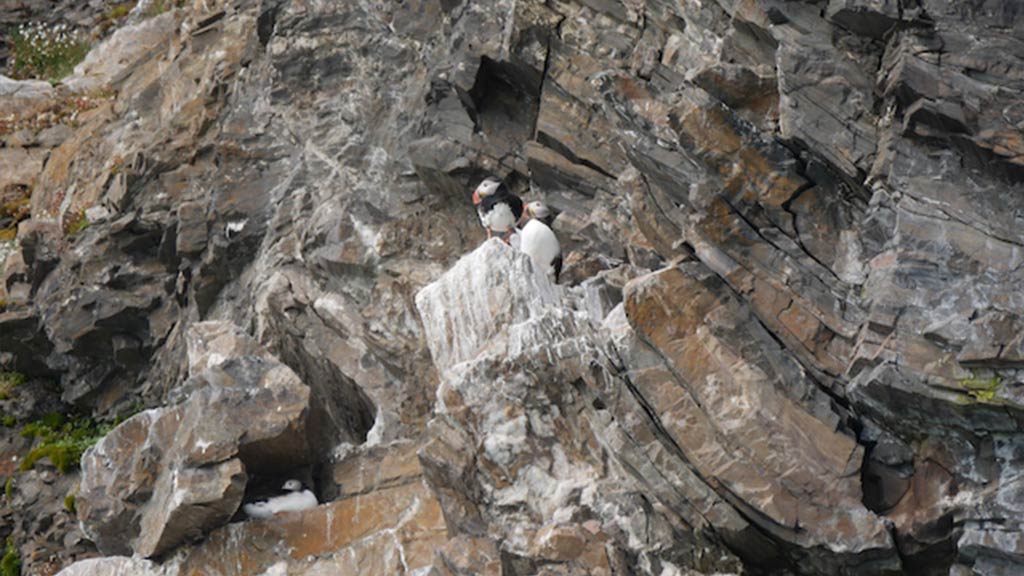




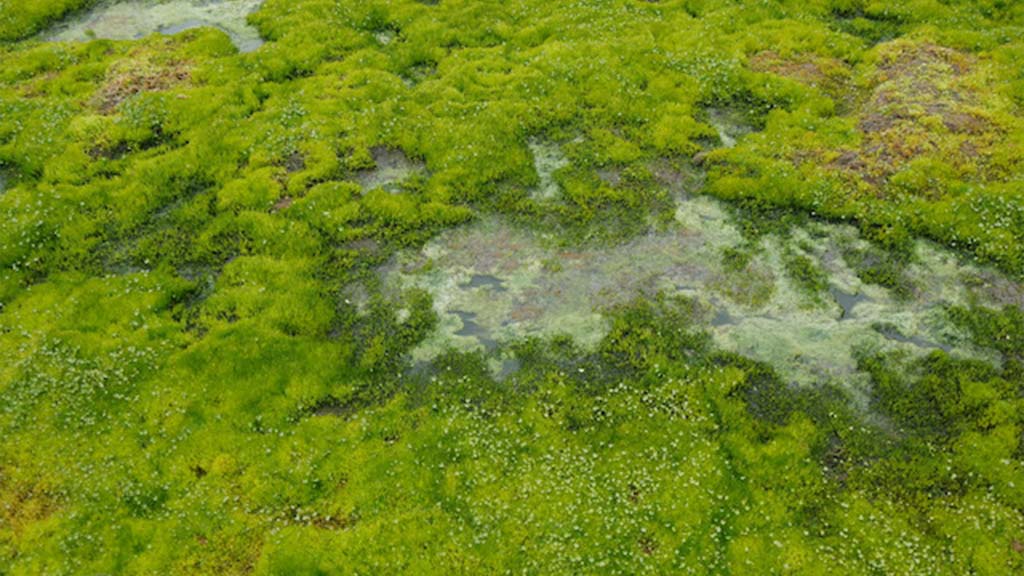
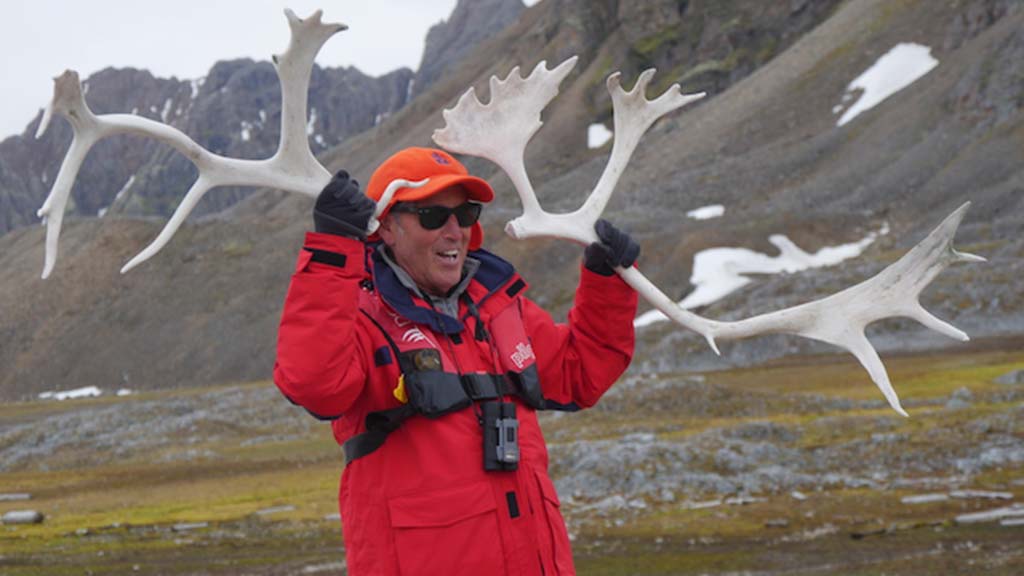
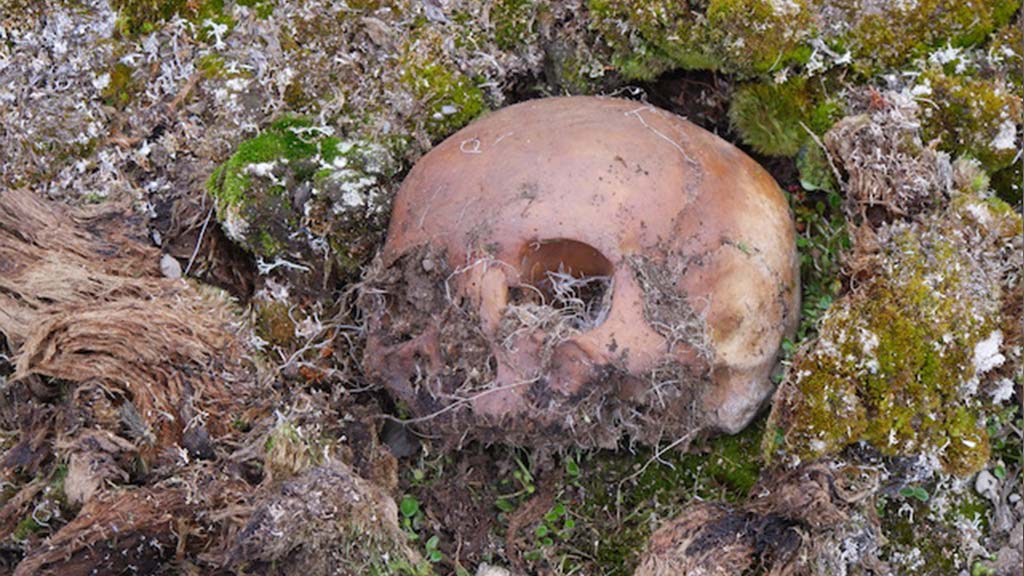
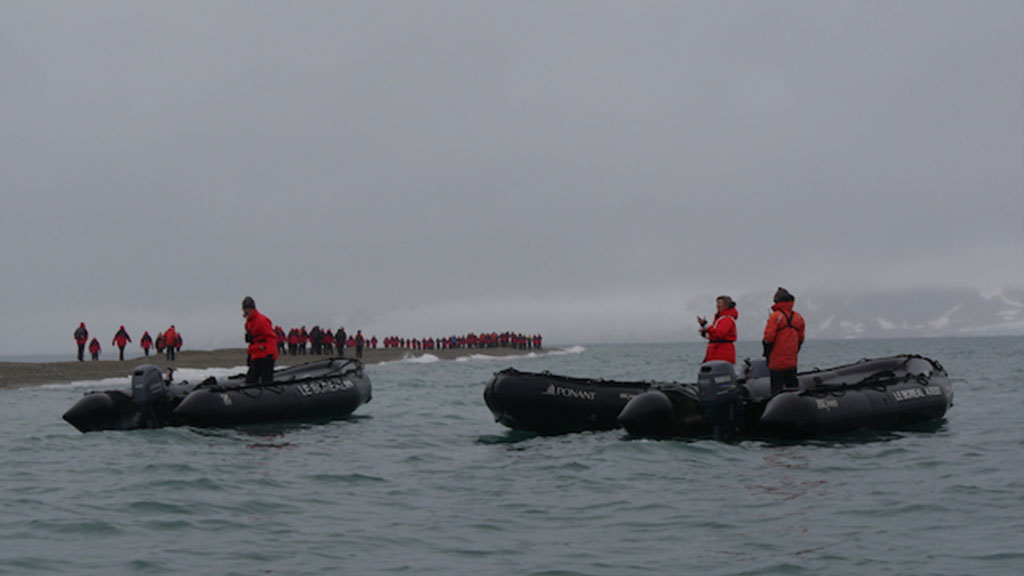



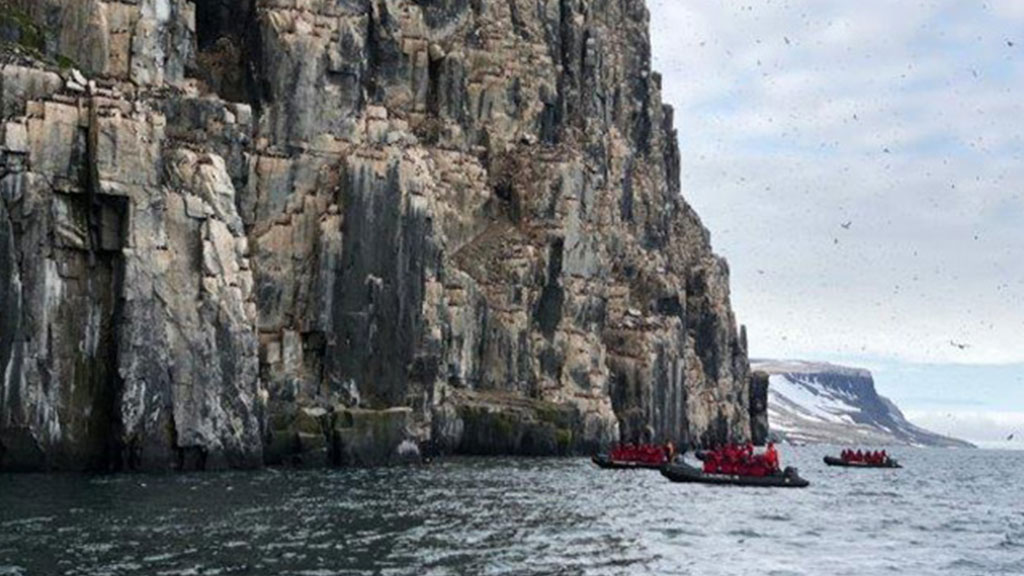
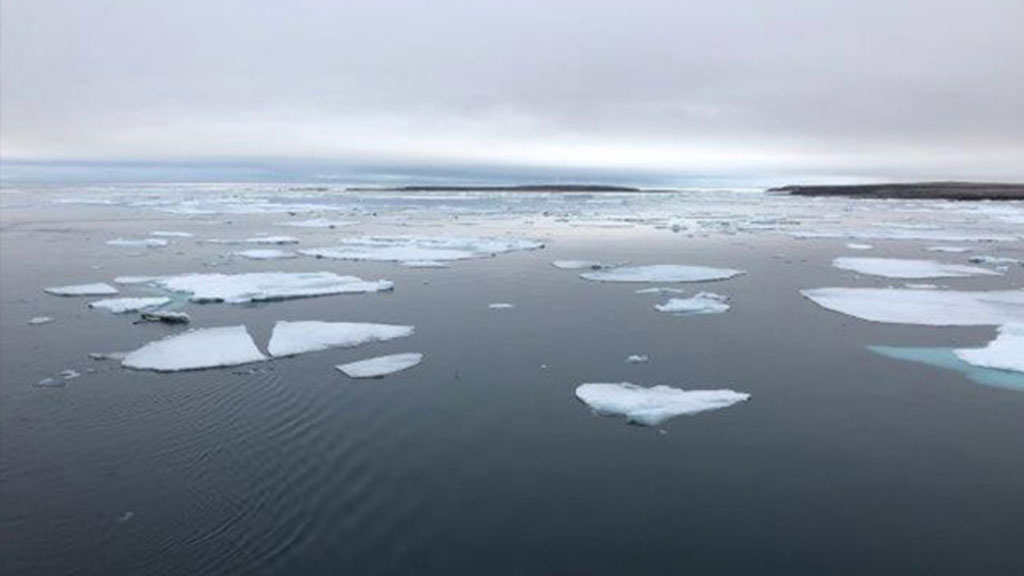
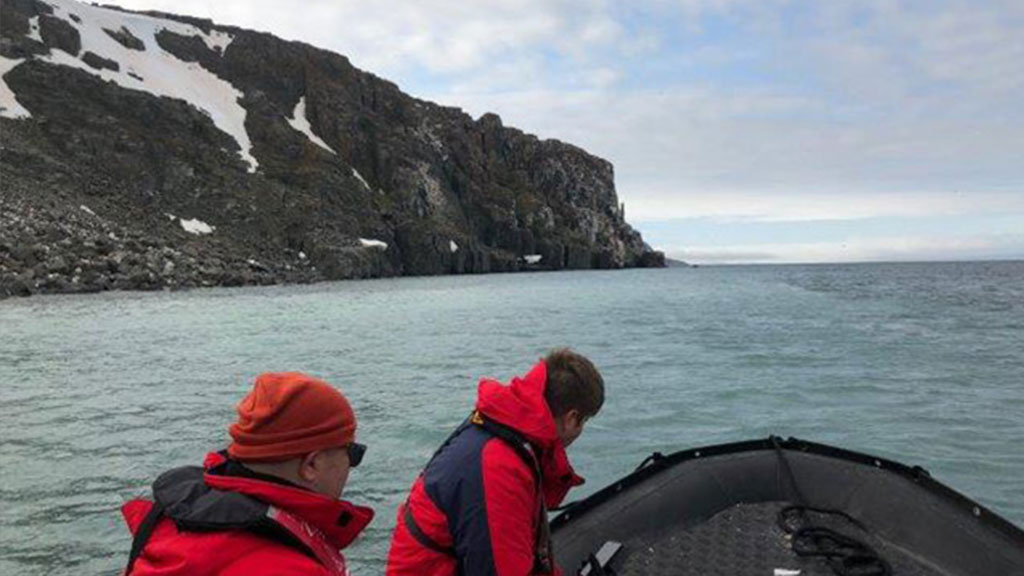





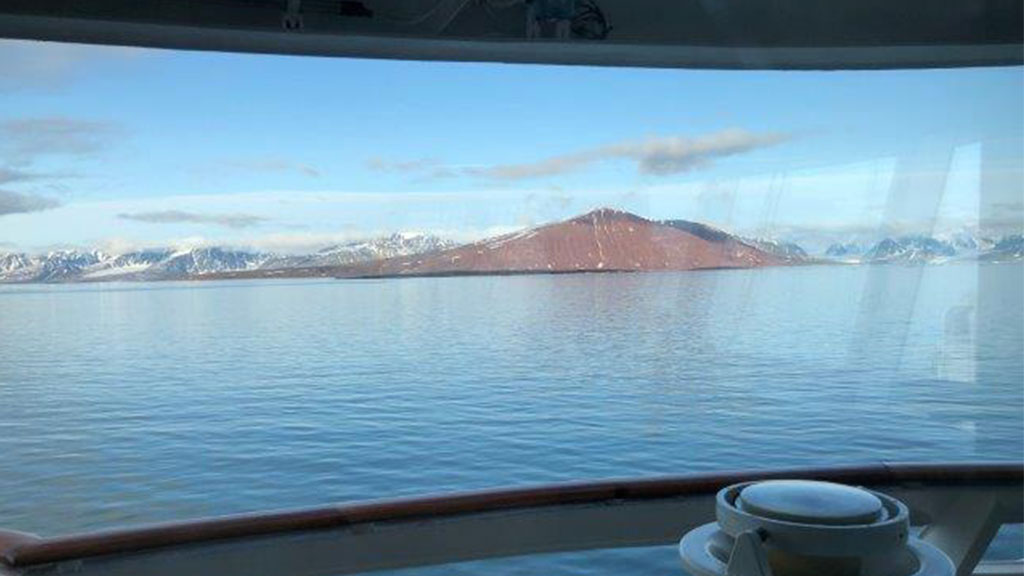
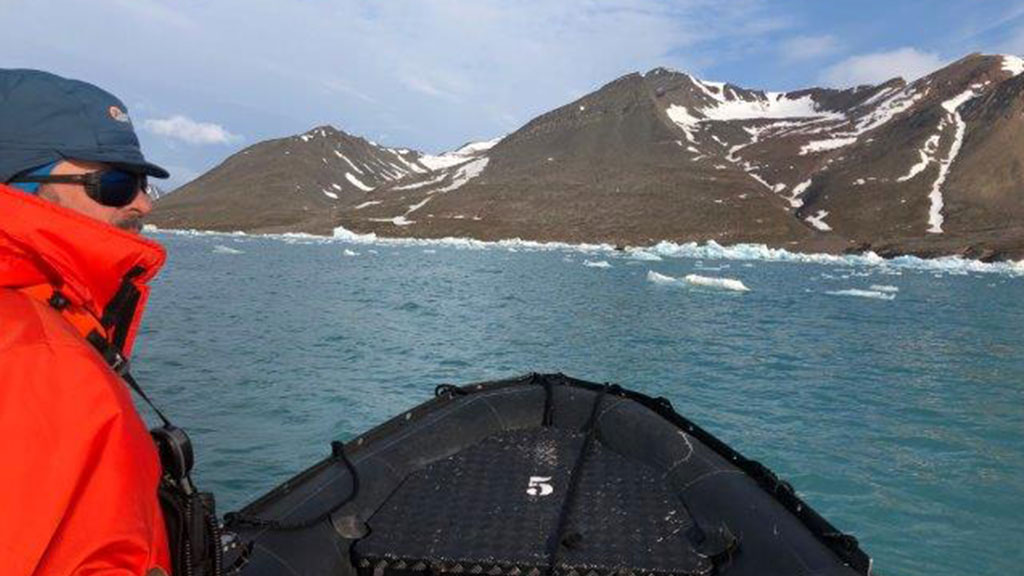
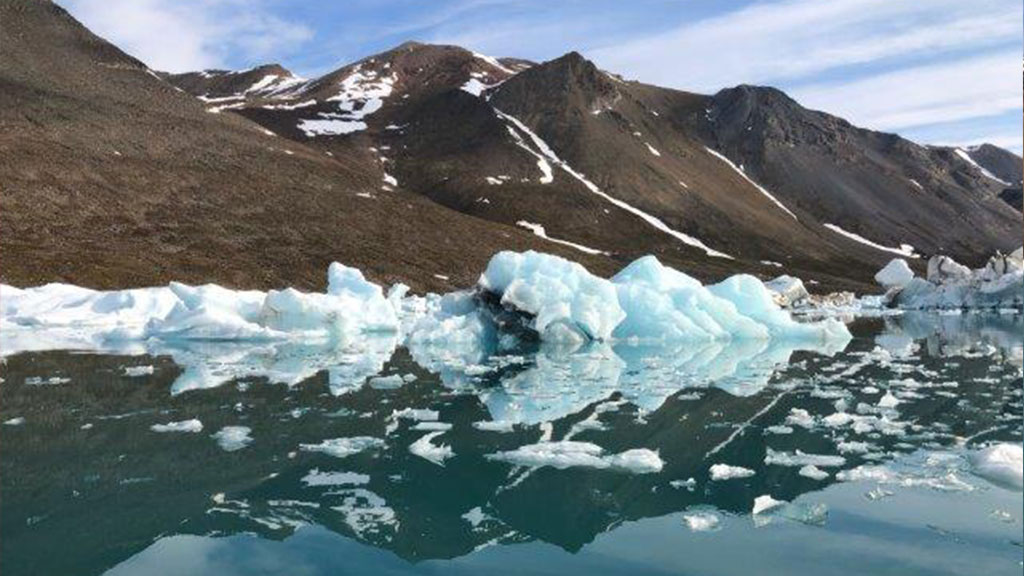
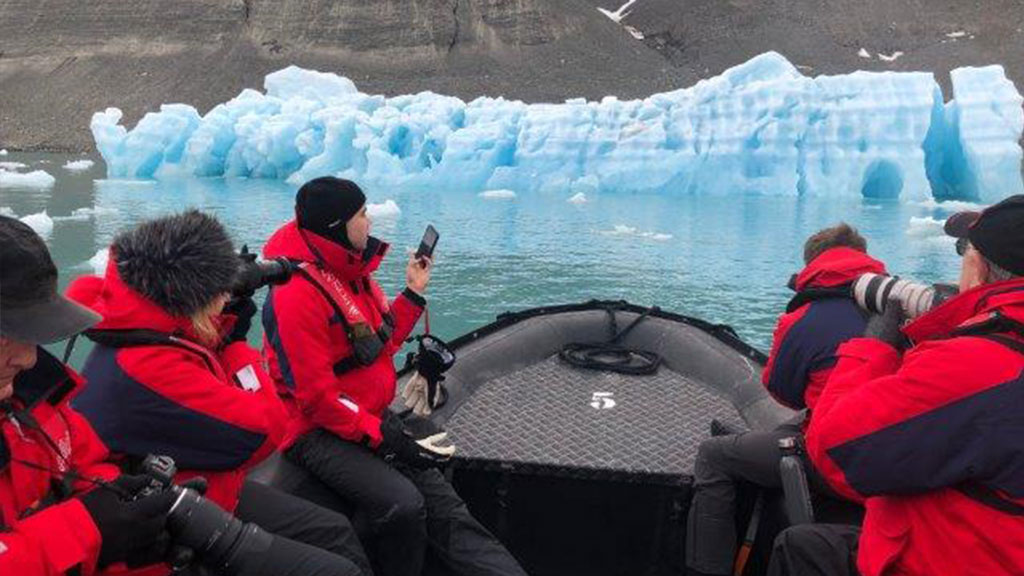
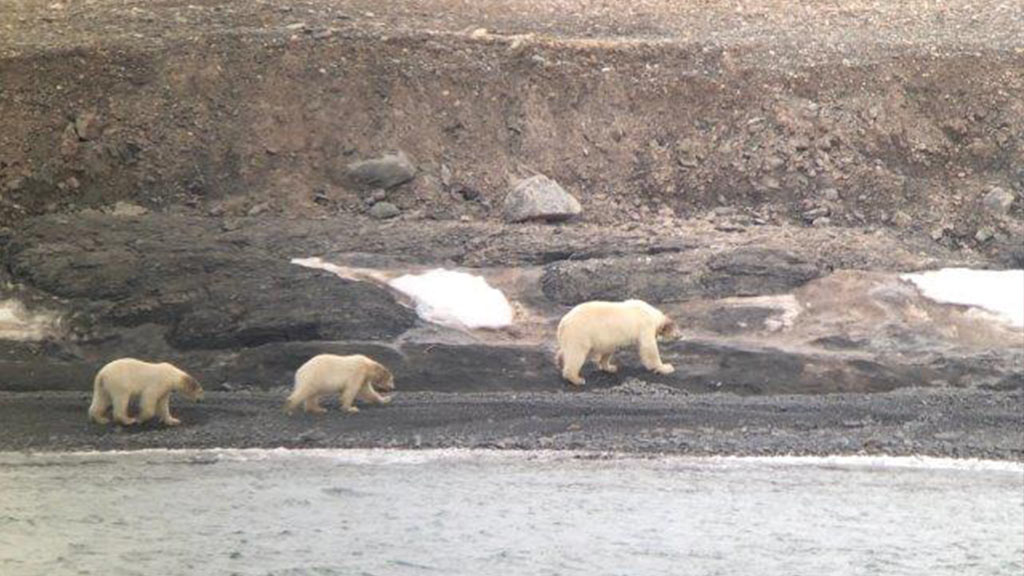



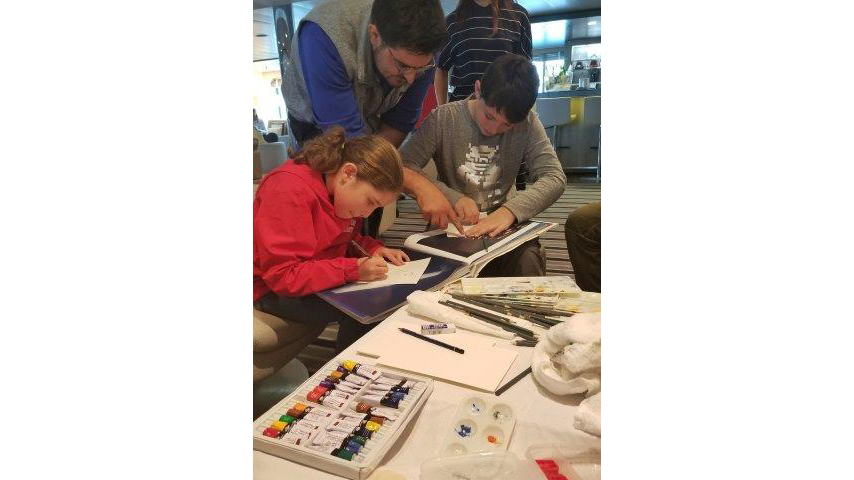
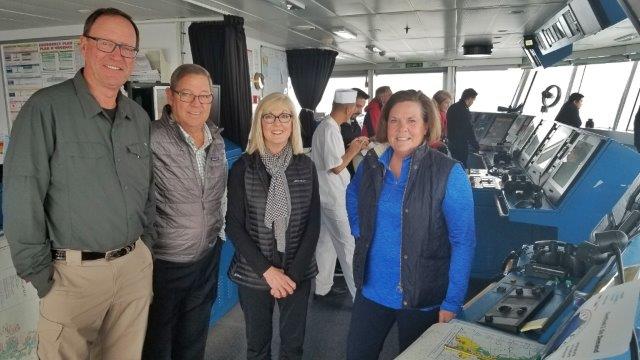
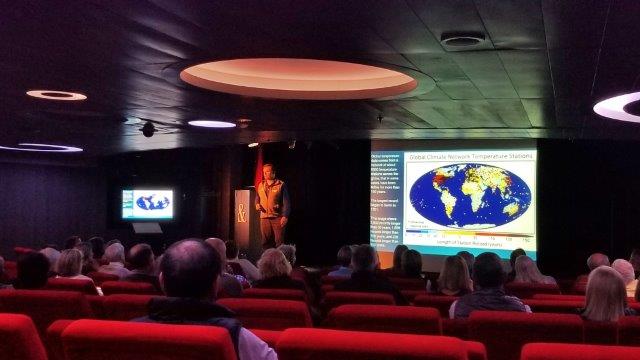






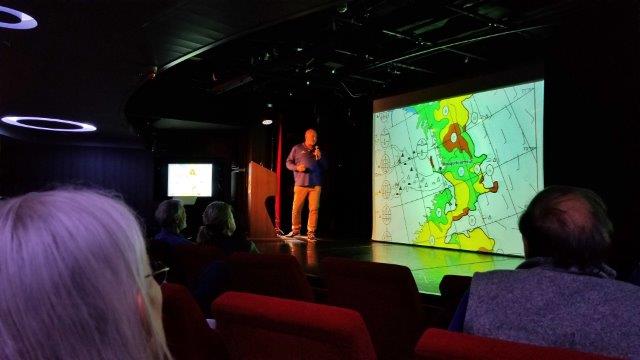
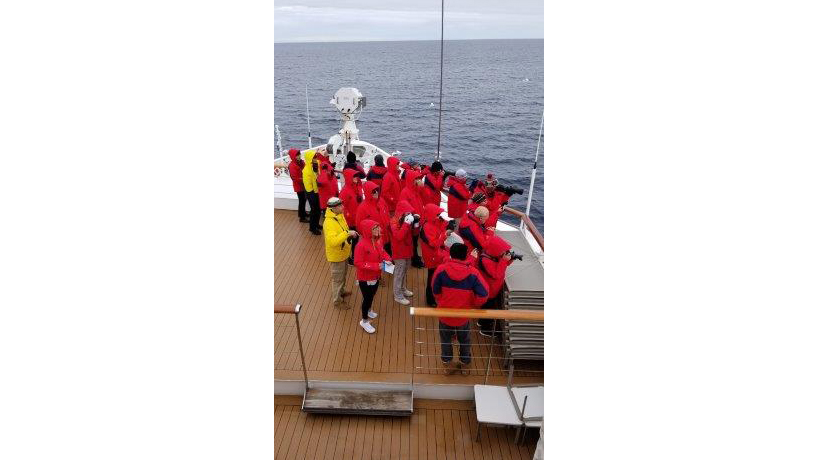
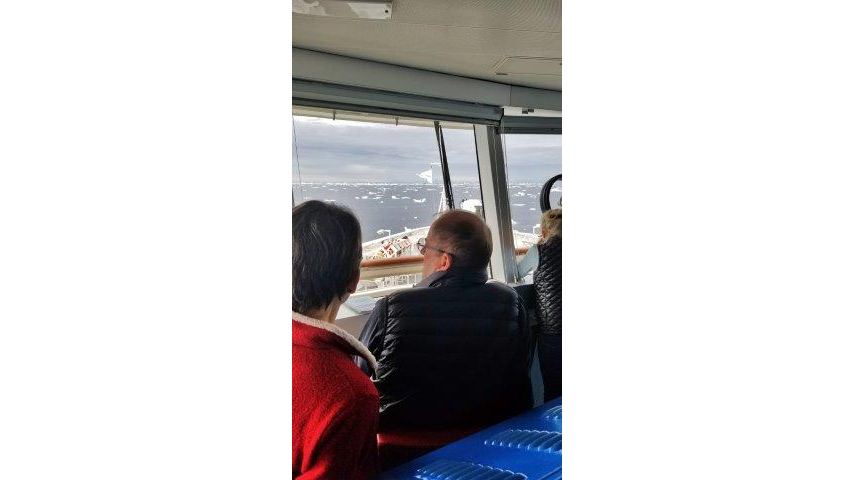
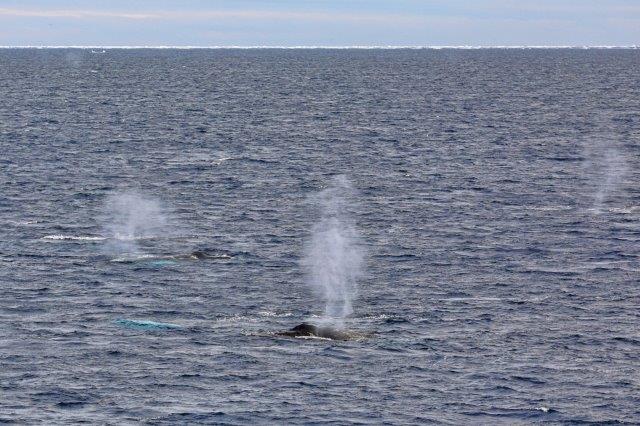
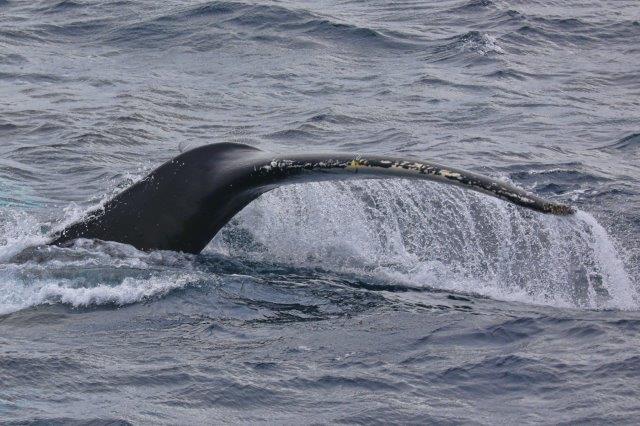
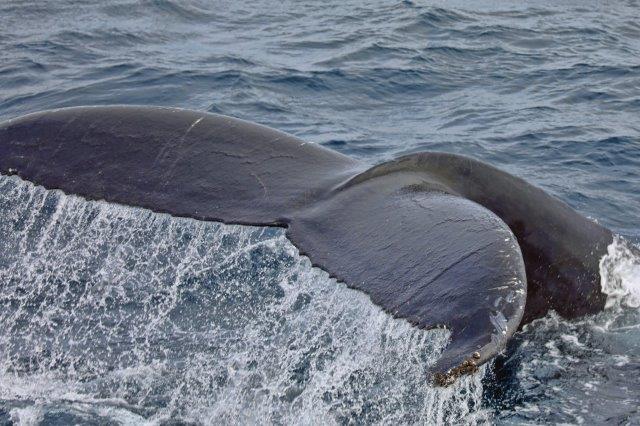





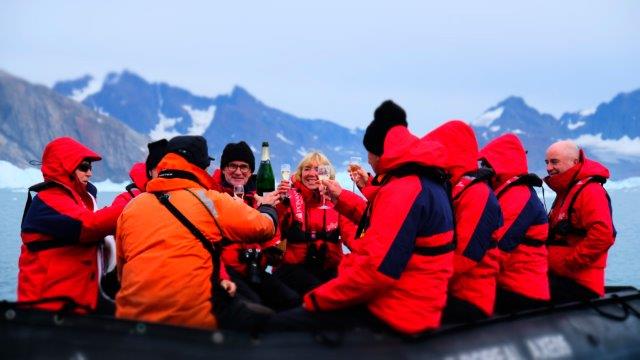
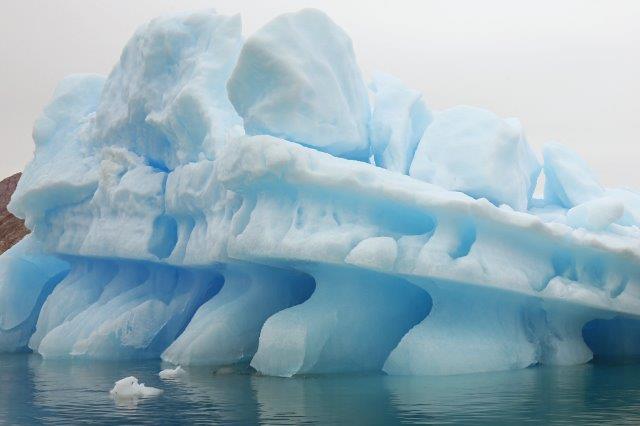
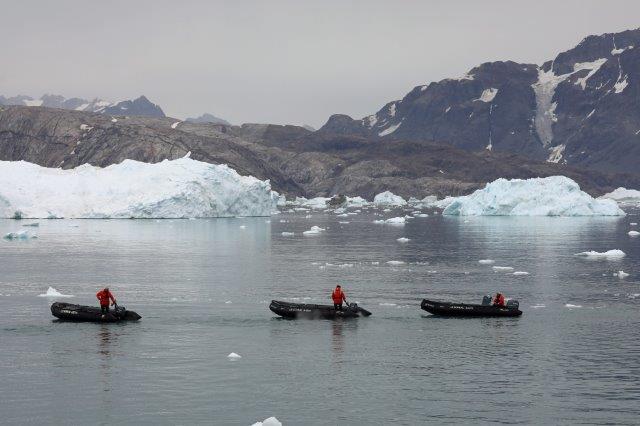
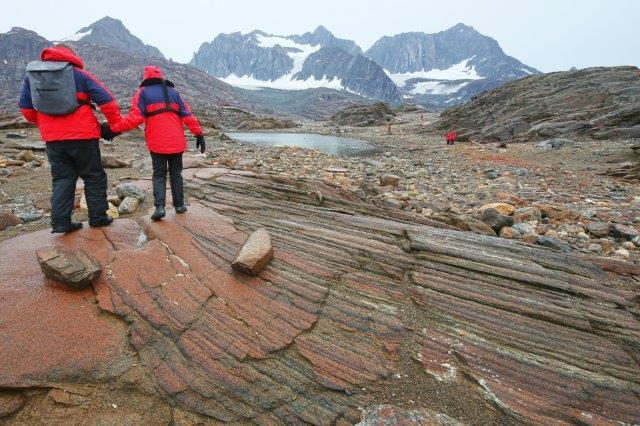
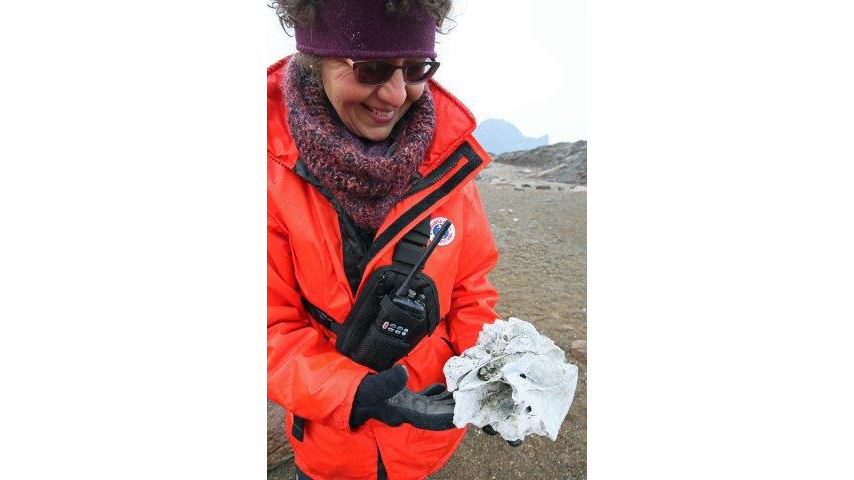






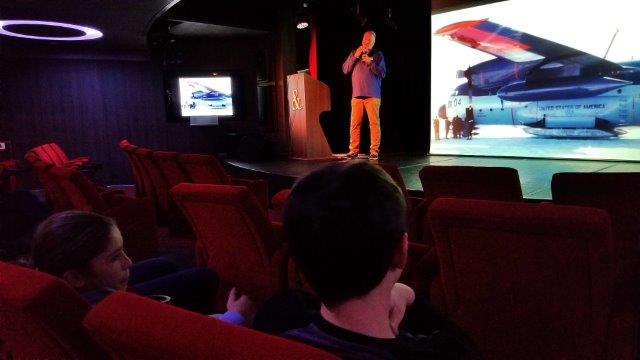

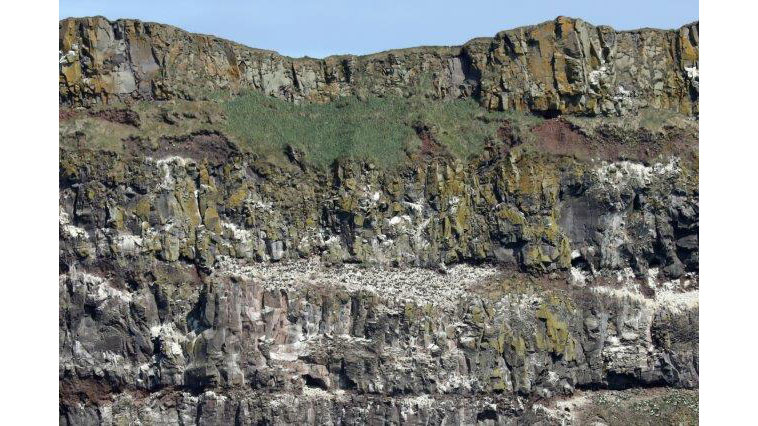
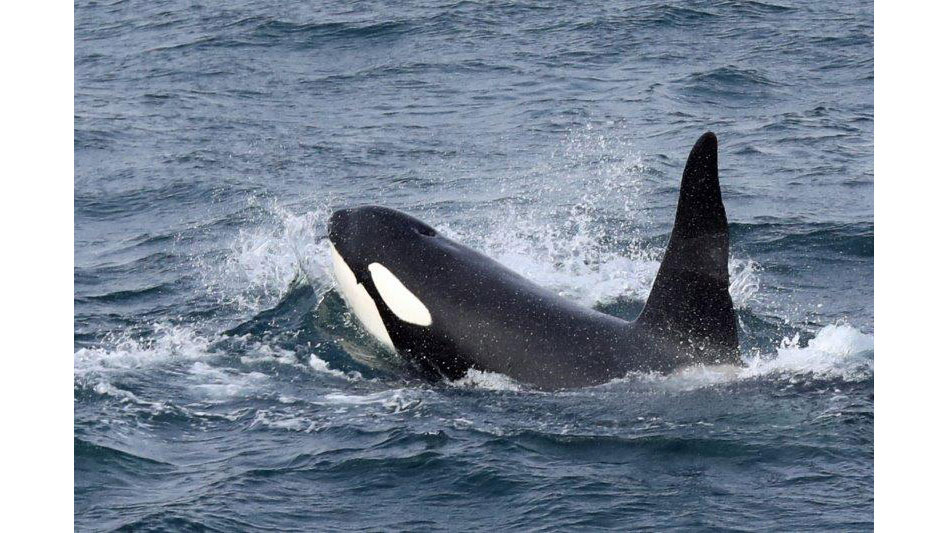
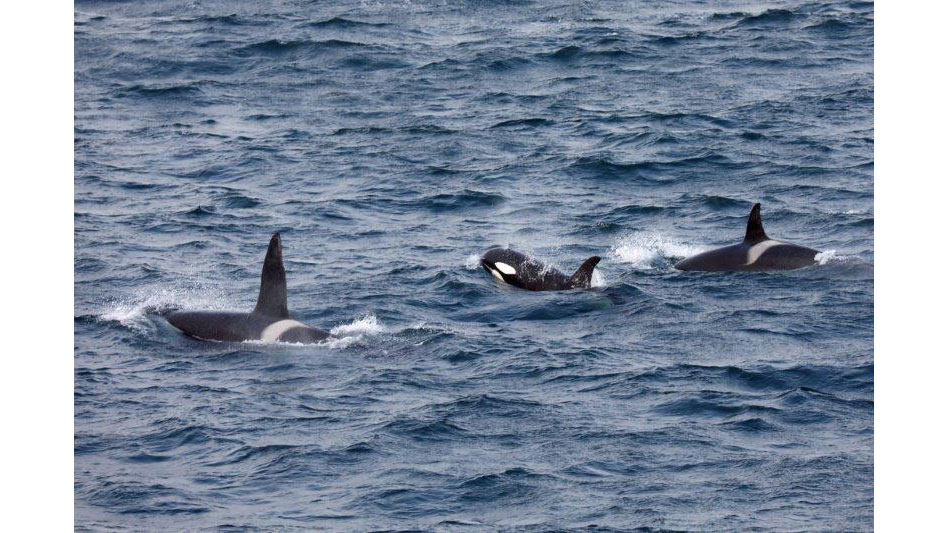
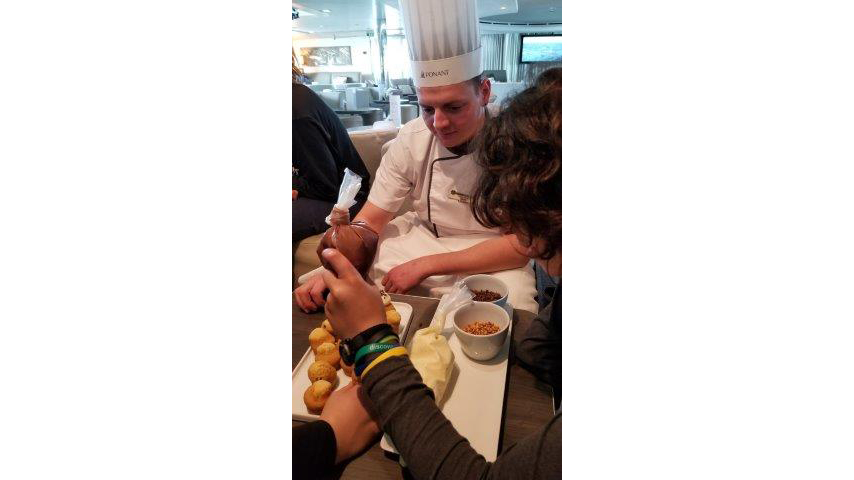





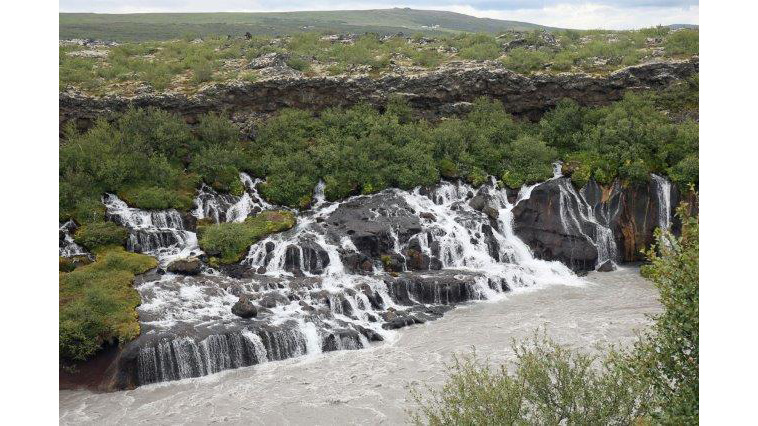
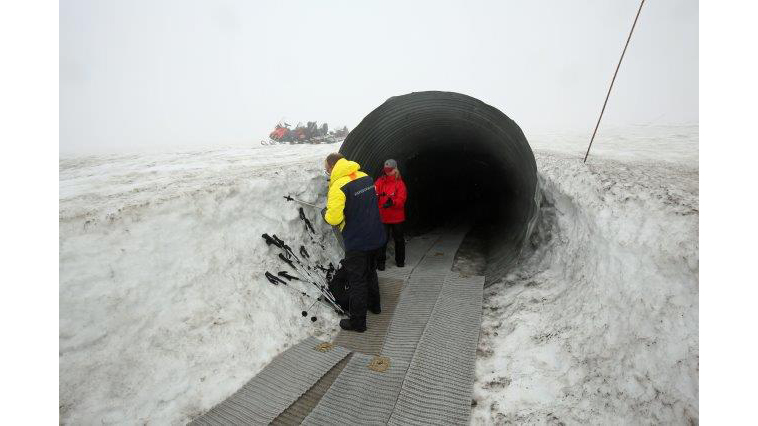
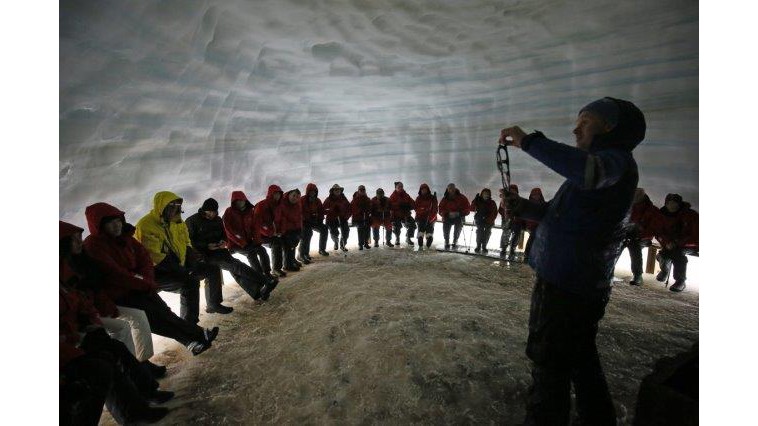
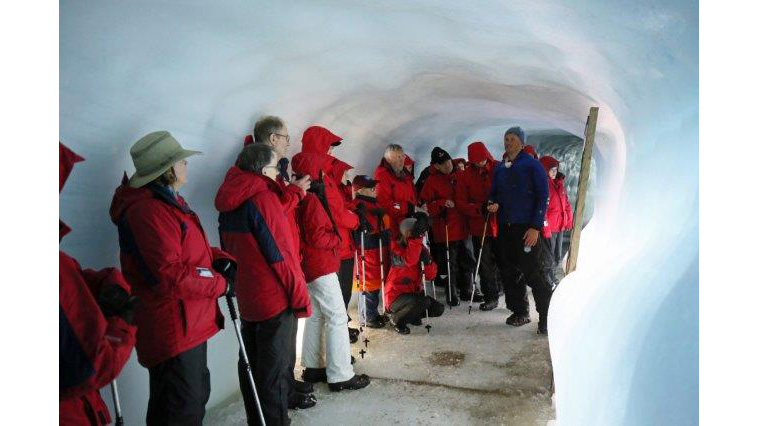





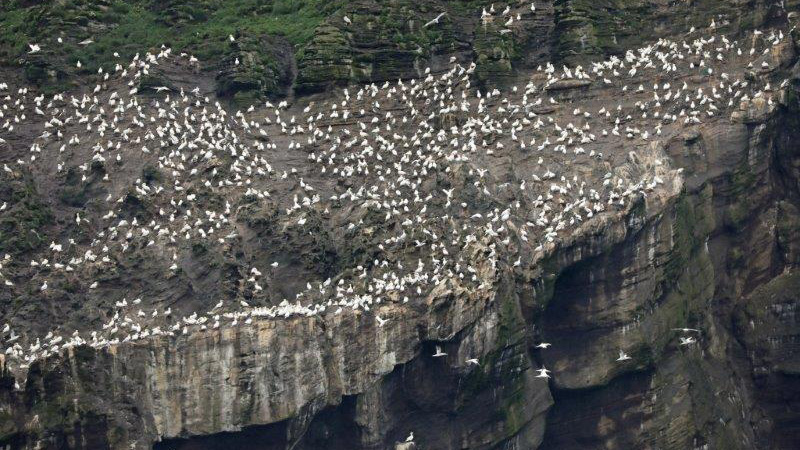
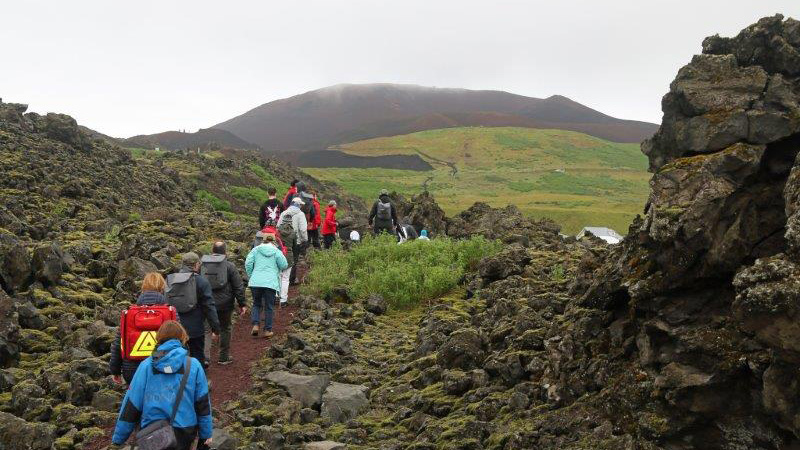
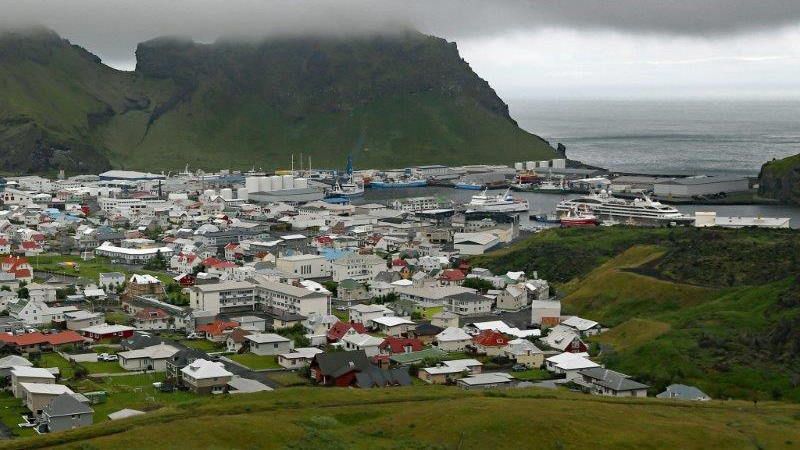
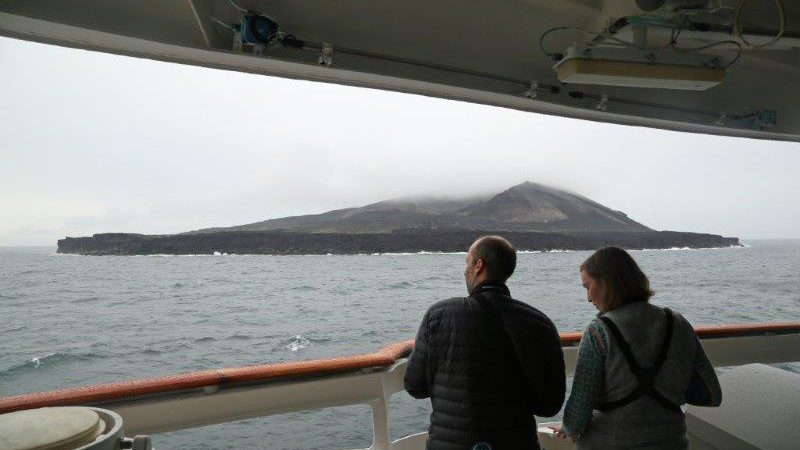

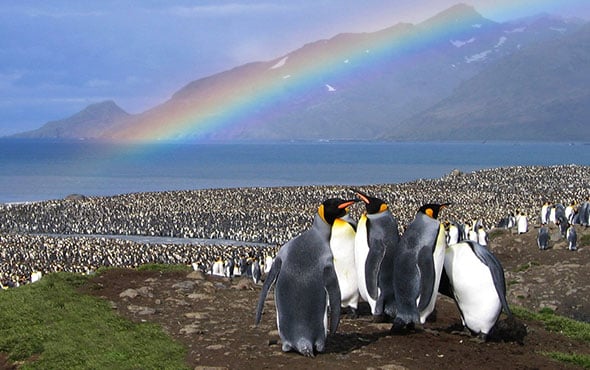

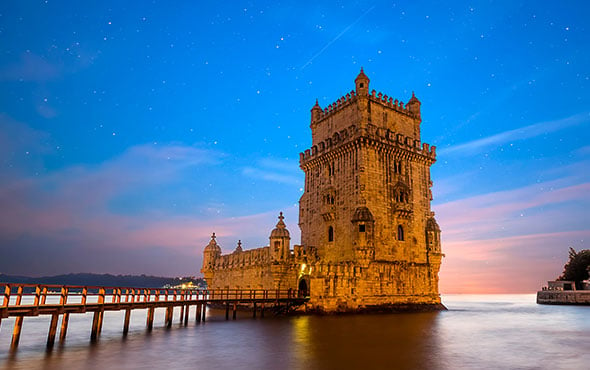


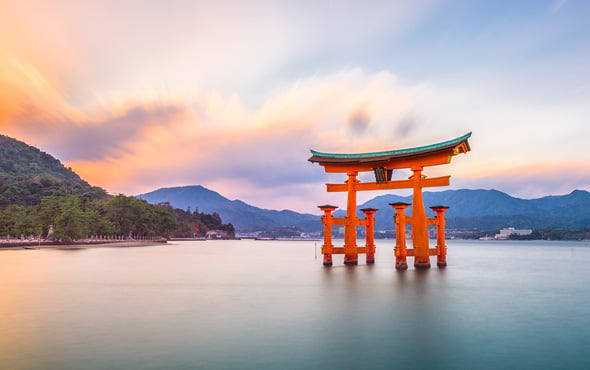
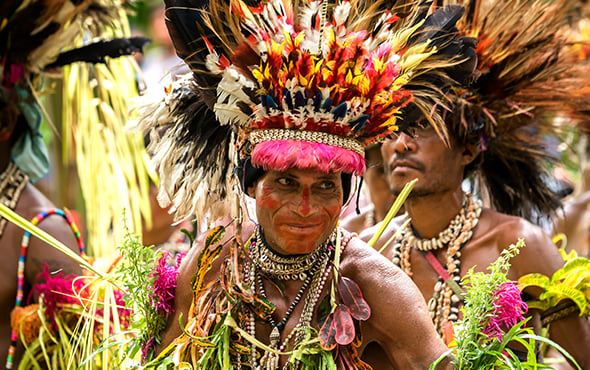
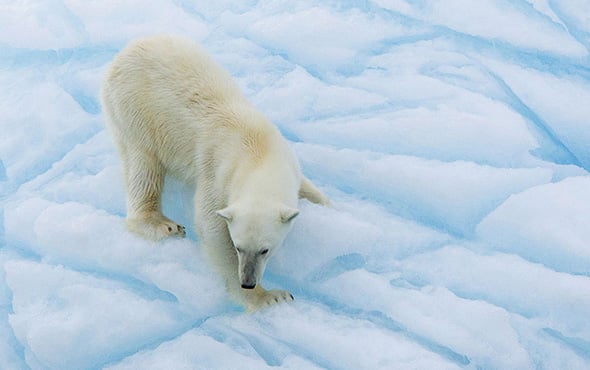
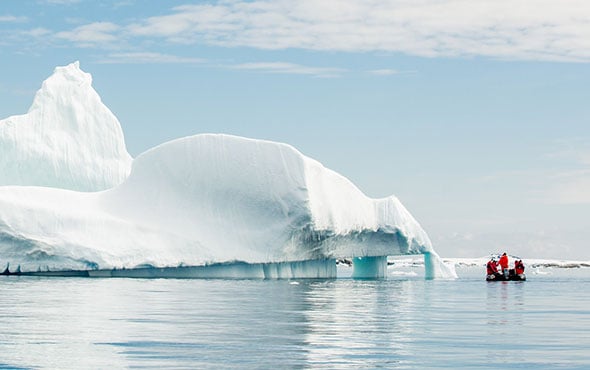
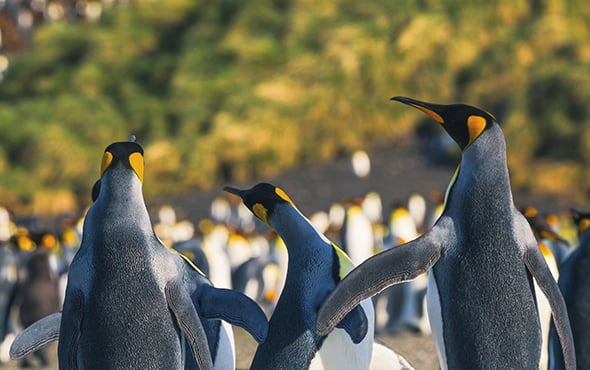




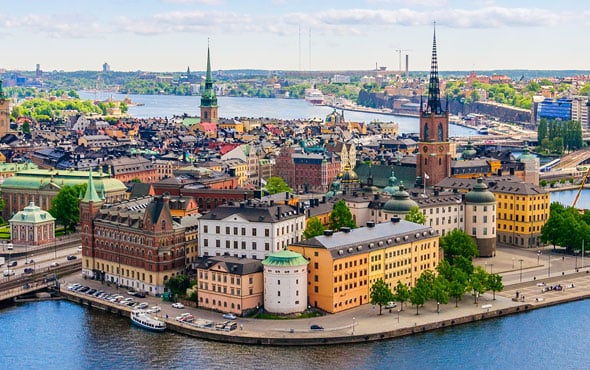


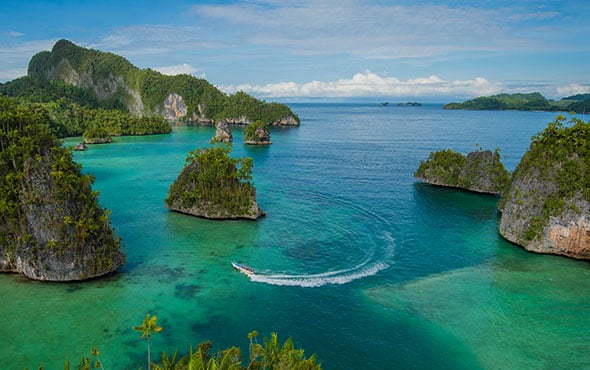
 The Americas
The Americas
 Europe, Middle East and Africa
Europe, Middle East and Africa Australia, NZ and Asia
Australia, NZ and Asia